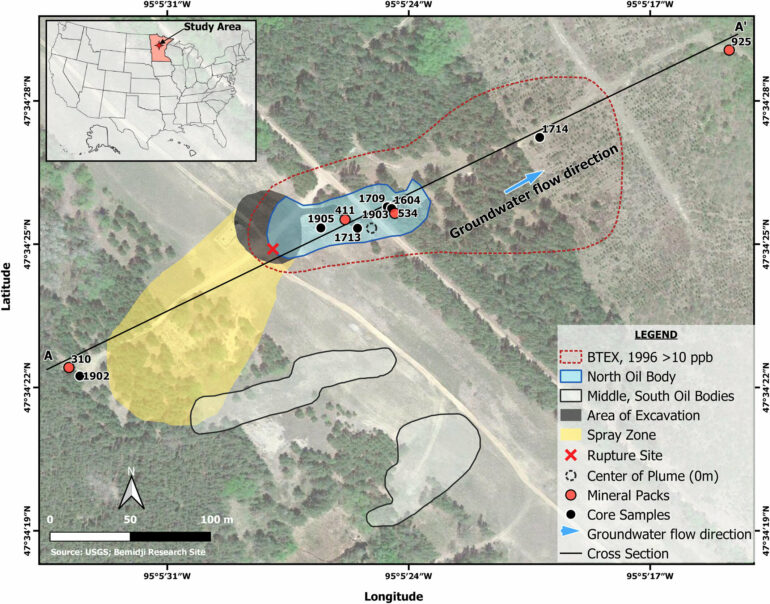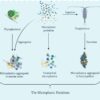Microplastics usually refer to plastic fibers, films, fragments, and microbes with size less than five millimeters. They are widely distributed in water, soil, sediment, the atmosphere, and even snow and ice, which impacts Earth’s climate and environment.
A research team from the Northwest Institute of Eco-Environmental and Resources of the Chinese Academy of Sciences conducted a series of studies on the features and potential impacts of microplastics in the typical cryospheric regions.
Their findings were published in Earth-Science Reviews, Science of The Total Environment and Environmental Pollution.
Typical cryospheric regions, such as the Arctic, Antarctic and the Tibetan Plateau, are usually far away from the intensive anthropogenic activities. They are considered as the ideal laboratory to investigate the source, transmission and impact of pollutants.
The researchers found that microplastics were widely distributed in snow, ice, river water and surface soil in these remote cryospheric regions including Arctic, Antarctic, Tibetan Plateau, Alps, and Andes.
Microplastic concentrations in snow and ice differed one to four orders of magnitudes mainly due to the different sampling and measurement methods.
“Systematic sampling and measurement methods would help to establish the microplastics dataset in snow, ice, soil and other environment matrix, and to promote the comprehensive investigations of microplastic pollution globally,” said Dr. Zhang Yulan, corresponding author of the study.
Abundant microplastics were also found in glaciers in the Tibetan Plateau, indicating that microplastics could be transported over long distance from the surrounded regions with heavy anthropogenic emissions of pollutants.
These studies may enhance our understanding of the features and transport of microplastics in the cryospheric regions and further help to estimate the potential impacts of microplastics on the environment.
More information:
Ling Yang et al, Microplastic characteristic in the soil across the Tibetan Plateau, Science of The Total Environment (2022). DOI: 10.1016/j.scitotenv.2022.154518
Zhaoqing Wang et al, Long-range transport of atmospheric microplastics deposited onto glacier in southeast Tibetan Plateau, Environmental Pollution (2022). DOI: 10.1016/j.envpol.2022.119415
Yulan Zhang et al, Current status and future perspectives of microplastic pollution in typical cryospheric regions, Earth-Science Reviews (2022). DOI: 10.1016/j.earscirev.2022.103924
Provided by
Chinese Academy of Sciences
Citation:
Microplastics threaten typical remote cryospheric regions (2022, May 19)



